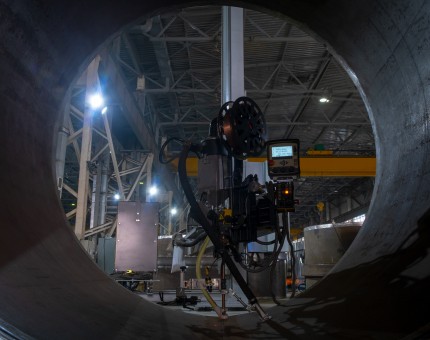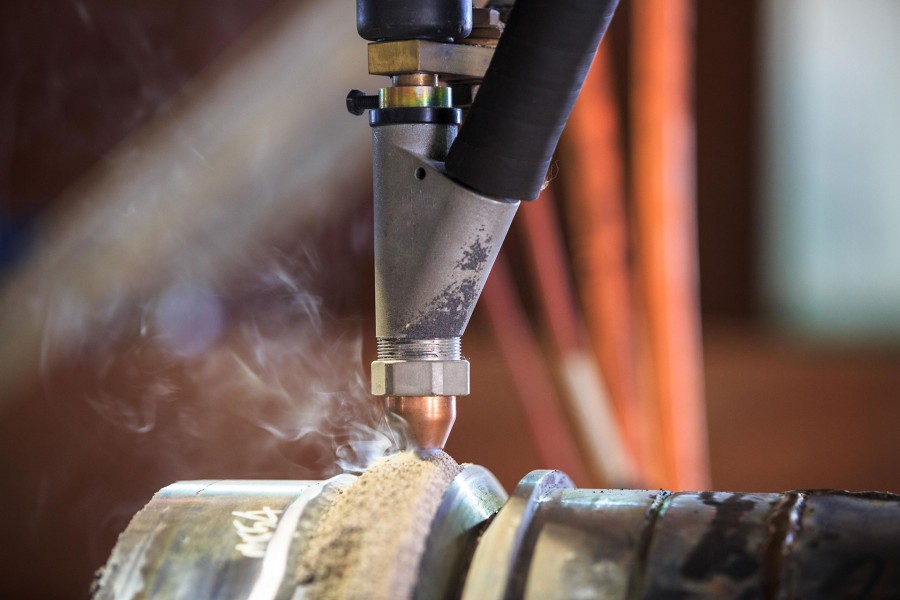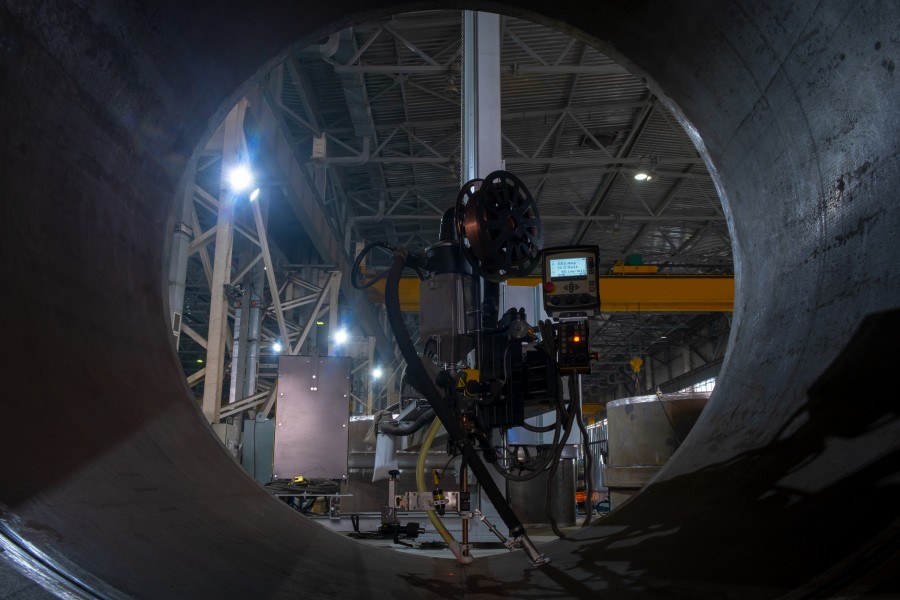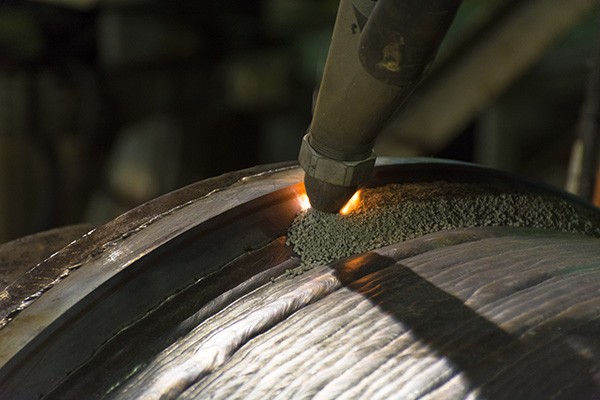
Welding Fluxes
Welding is the dominant technique for joining metals in a variety of industries such as automotive/transportation, construction, pipelines, ship buildings, oil refinery, power generation, and many others.
When the welding material is in its molten state, it tends to absorb and become contaminated with oxygen and nitrogen from the atmosphere, which causes the solidifying weld to become porous and brittle. The main technique applied to prevent this phenomenon is the use of fluxes, such as flux coated stick electrodes, flux-cored wires and agglomerated fluxes.
The agglomerated fluxes, which are mainly used in the Submerged Arc Welding, are complex formulations of several ingredients, in powder form, including magnesium oxide (MgO). The amount of MgO varies from 5-20% according to the type and use of the flux while for some specific products can go up to 40%. Its main role is the adjustment of the slag properties such as the viscosity and the refractoriness, that affect the pockmarks formation, detachability, slag inclusion in the weld and shape/appearance of the welded metal.
Grecian Magnesite produces and commercializes a distinct range of Magnesium Oxide (Deadburned-Sintered Magnesia) free-flowing powders, under the brand name SM, namely SM-88, SM-90 & SM-96 for the welding industry.

SM Powders
Grecian Magnesite produces and commercializes a distinct range of Magnesium Oxide (Deadburned-Sintered Magnesia) free-flowing powders, under the brand name SM, namely SM-88, SM-90 & SM-96 for the welding industry.
Order now
OR CONTACT US FOR ANY INFORMATION
Email: info@grecianmagnesite.gr


